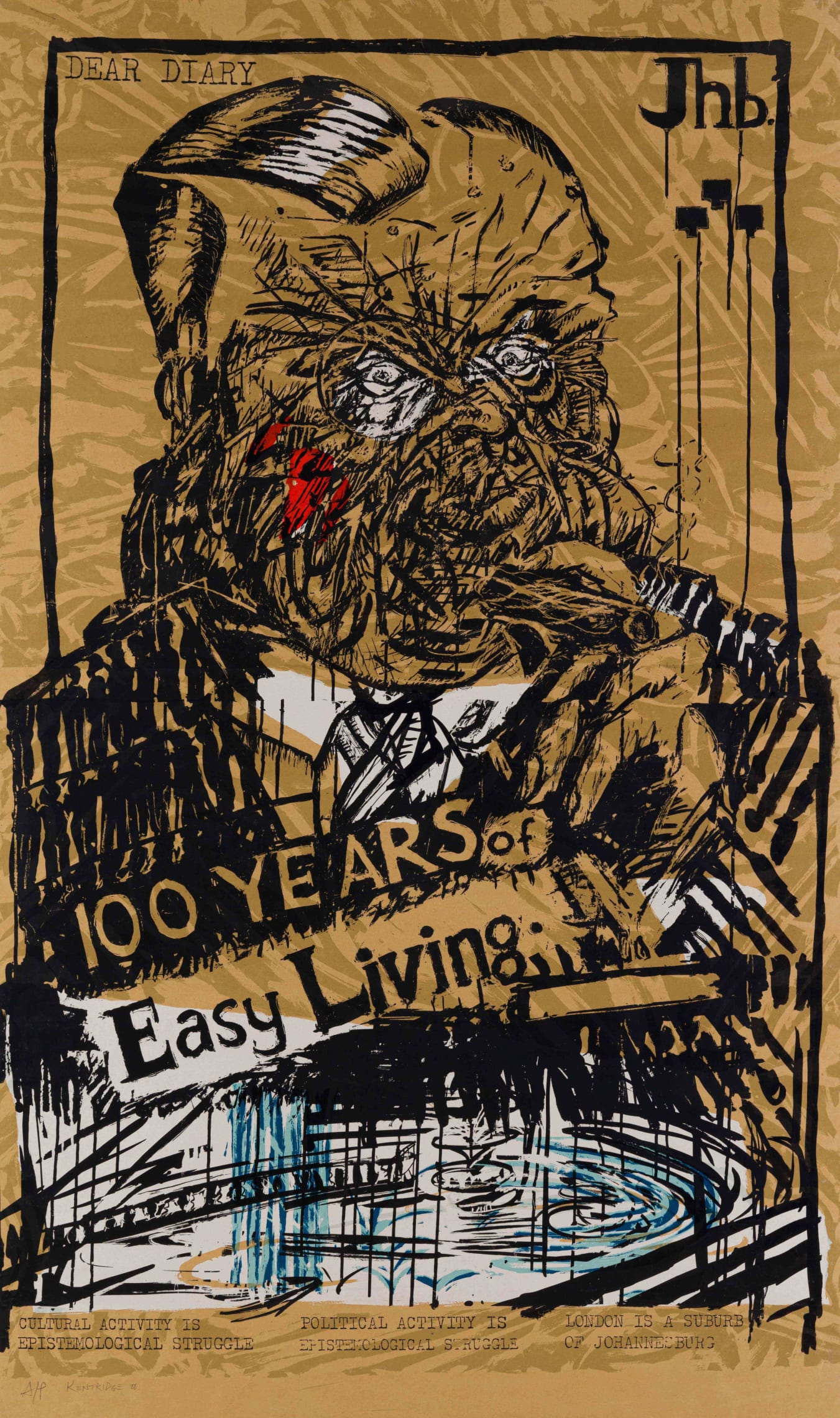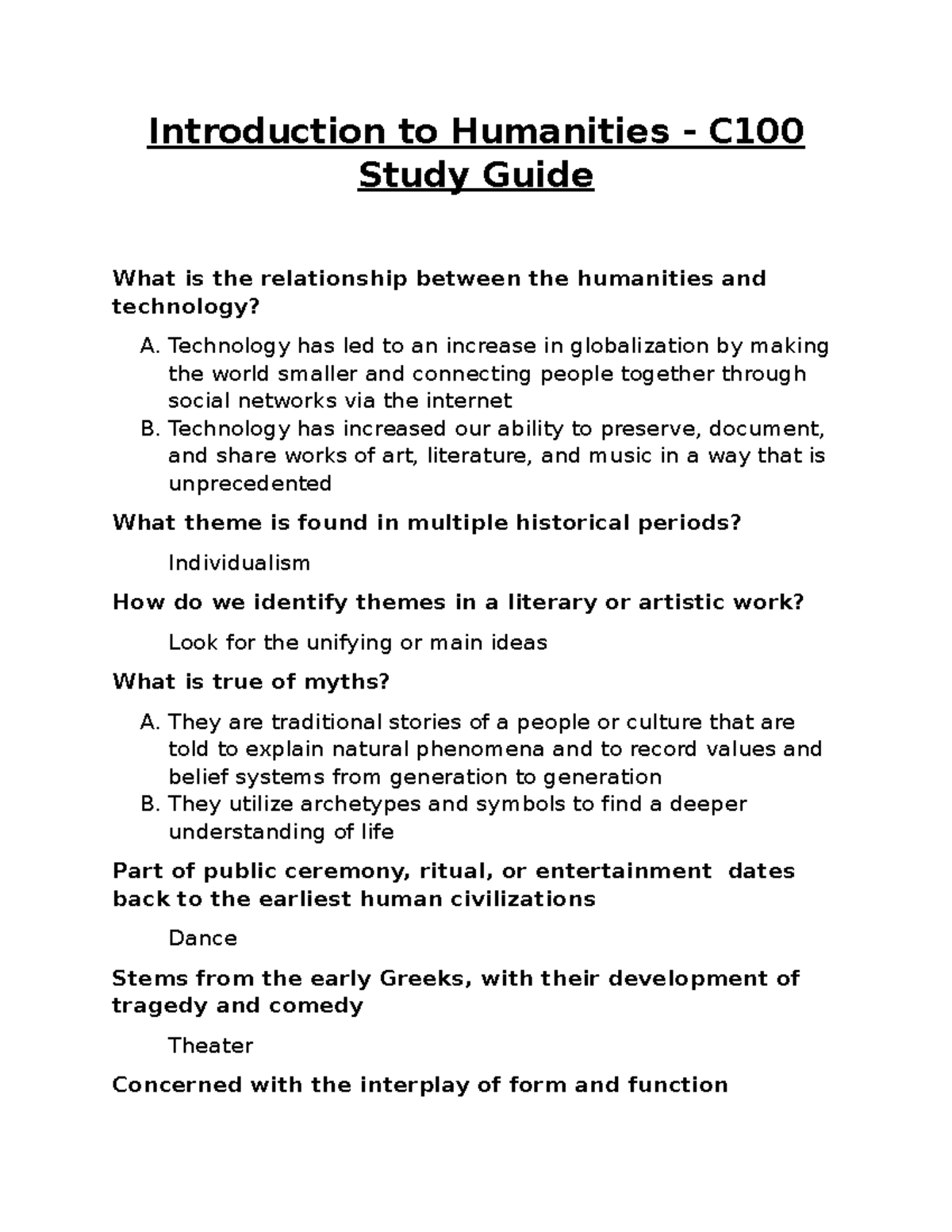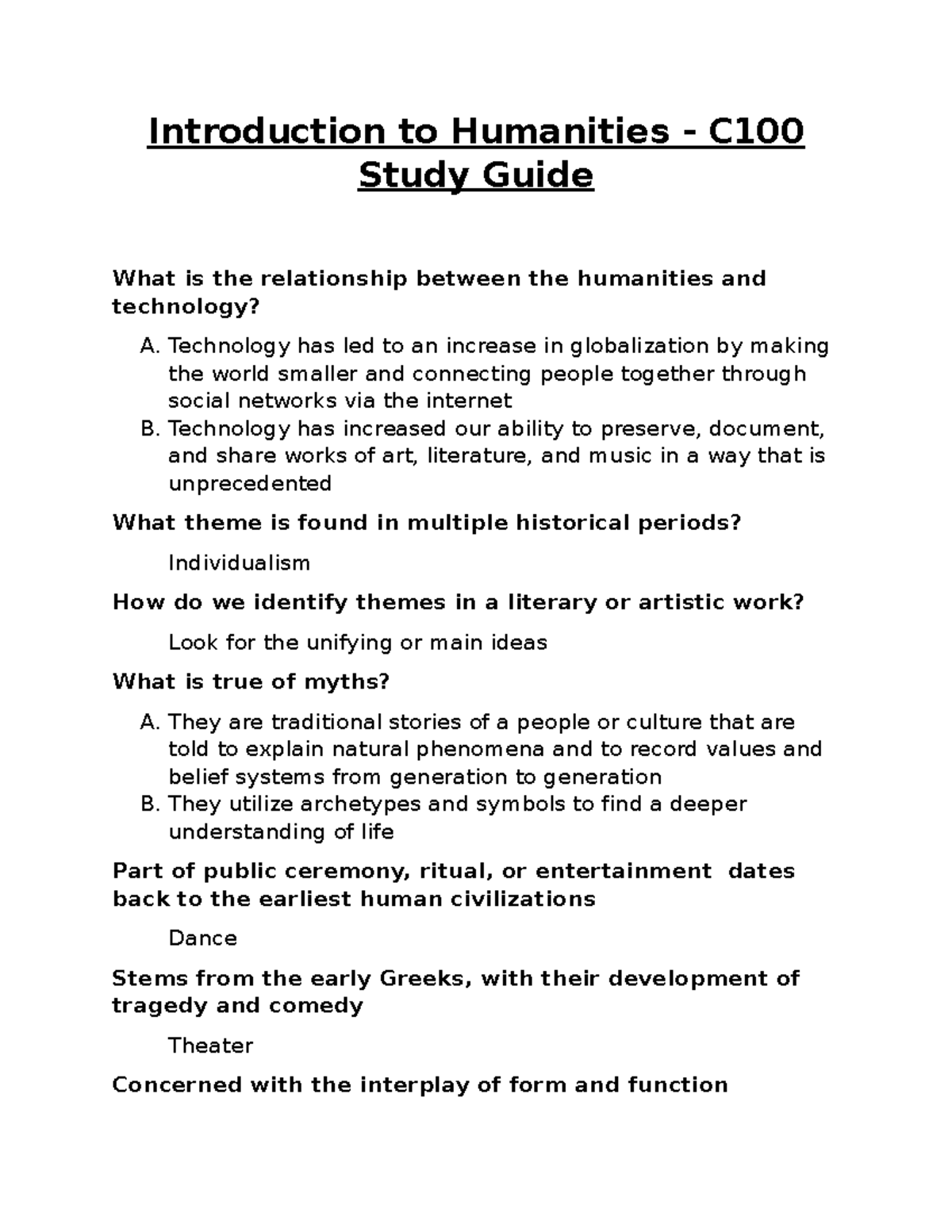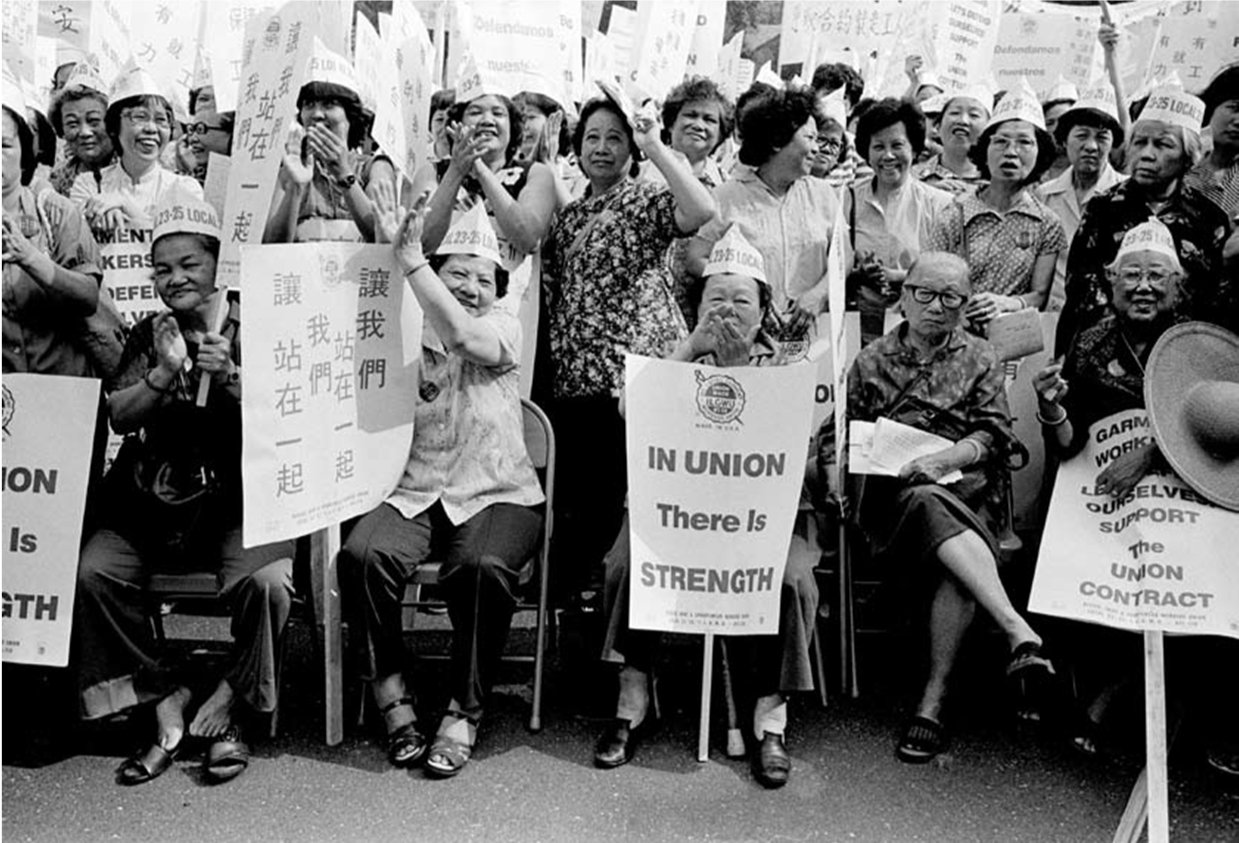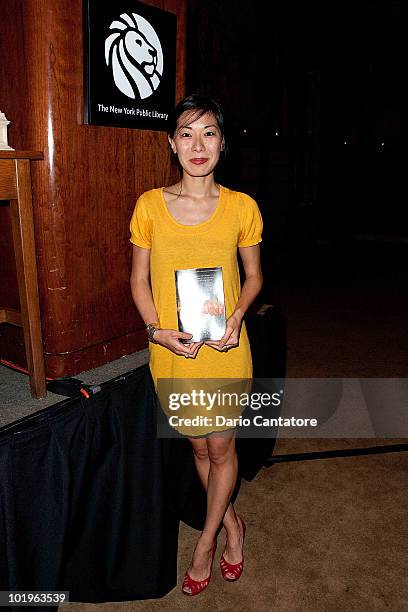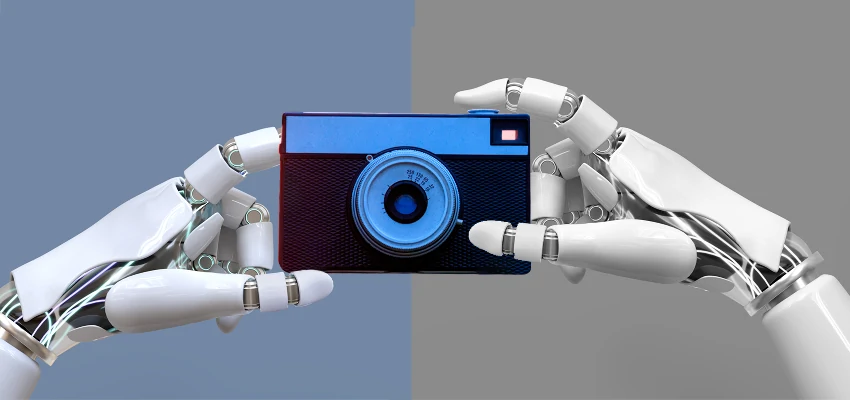In Joseph Koerner’s thought-provoking work, “Art in a State of Siege,” the complex interplay between artistic expression and political turmoil comes to the forefront. Through a profound analysis of masterpieces like Hieronymus Bosch’s “The Garden of Earthly Delights” and Max Beckmann’s “Self-Portrait in Tuxedo,” Koerner explores how art serves as both a reflection of societal chaos and a powerful omen for the future. He delves into how these works have resonated with audiences across centuries, particularly during times of political unrest. By examining these iconic pieces, he reveals how artists like Bosch and Beckmann grappled with the existential threats of their eras, offering viewers not only a window into the past but also valuable insights into their present predicaments. Ultimately, “Art in a State of Siege” invites us to consider the role of art in navigating the tumultuous waters of human experience, compelling us to confront the profound questions of our own times.
The essence of “Art in a State of Siege” underscores the turbulent relationship between creativity and sociopolitical crisis. This exploration illuminates how historical figures have not only witnessed but also channeled chaos into their artistic endeavors. The pieces discussed by Koerner reveal an intricate dance between foreboding themes and moments of clarity, serving as potential guides through perilous landscapes of societal upheaval. As works of art resonate with the tensions of their times, they can be perceived as profound symbols, demanding audiences to interpret their meanings while reflecting on contemporary issues. In this context, art emerges not merely as a conduit of beauty, but as a compelling commentary on the human condition amidst adversity.
Understanding the Concept of Art as Omen
The concept of art as an omen, particularly in the context of political unrest, invites a profound exploration of how art reflects the zeitgeist of its time. Artists like Hieronymus Bosch and Max Beckmann have historically tackled the themes of chaos, consequence, and human struggle within their works. Koerner posits that viewing art as an omen allows society to interpret messages embedded in these pieces, rendering them relevant across ages, especially during crisis moments. Just as the evocations within Bosch’s “The Garden of Earthly Delights” elicit anxieties of personal and societal moral decay, so too do Beckmann’s portraits reflect the tumultuous era in which they were created. These works challenge viewers to confront the uncomfortable truths of their existence, recognizing that art often encapsulates the fears and hopes of a population in turmoil.
In “Art in a State of Siege,” Koerner further elaborates on this notion, emphasizing how art serves as a lens through which past and present crises are examined. The emotional weight held by these artworks turns them into powerful historical markers that compel viewers to reconcile their contemporary challenges with those depicted centuries ago. This understanding promotes a dialogue between the past and the present, where each viewer’s individual experiences and societal context reshape how they perceive the messages contained within these artistic expressions. Just like Beckmann’s self-portraits confront the viewer with an unfiltered gaze, the examination of art in politically charged settings becomes a medium for reflection and a call to action.
Political Unrest and Its Reflection in Art
Throughout history, periods of political unrest have often produced significant works of art that function as both commentary and critique of their times. From Hieronymus Bosch, whose fantastical depictions of sin and chaos reflect the societal anxieties of medieval Europe, to Max Beckmann’s politically charged self-portraits emerging from the wreckage of World War I Germany, such artistic expressions encapsulate the emotional and social fabric of eras marked by conflict. Joseph Koerner’s analysis of these artists illustrates how their works do more than simply depict turmoil; they also act as a mirror, reflecting the deep-seated fears and hopes of society facing existential threats. Art, in this sense, becomes a vehicle for processing collective trauma and exploring the complexities of the human condition under siege.
The relationship between political chaos and art is particularly salient in Koerner’s exploration of how viewers interact with these pieces during times of crisis. For instance, the motifs in Bosch’s work resonate with audiences who find themselves grappling with modern-day fears and anxieties, suggesting a continuity of experience across generations. Similarly, Beckmann’s depictions of order amidst chaos eerily echo contemporary discourses surrounding the role of the artist in navigating political strife. Through this lens, art becomes an omnipresent entity, reinforcing the idea that creativity actively engages with the political landscape, compelling viewers not only to interpret but also to act in response to the world around them.
The Impact of Hieronymus Bosch on Modern Perspectives
Hieronymus Bosch’s works have mesmerized art enthusiasts and scholars alike through their intricate detail and layered meanings, particularly regarding societal fears and the human condition. In “The Garden of Earthly Delights,” Bosch presents a complex interplay of pleasure and punishment that poses critical questions about morality and existence. As Joseph Koerner articulates, analyzing Bosch in today’s context reveals how his vivid imagery serves as a reflection of contemporary anxieties about chaos and order. With each interaction, audiences are prompted to scrutinize their own moral dilemmas and alignments, which speaks to Bosch’s remarkable ability to transcend time and resonate with modern viewers. This notion of ‘art as omen’ is particularly potent, as it frames Bosch not merely as a historical figure but as a relevant commentator on current global challenges.
Moreover, the reinterpretation of Bosch’s work through a modern lens unveils troubling parallels with current political climates. The absurdity and complexity of human vice depicted in Bosch’s landscapes can eerily mirror the sentiments of today’s observers grappling with extraordinary circumstances. By addressing themes of conflict, sin, and salvation, Koerner illustrates how Bosch’s ideas reverberate through time, shaping discourse around the moral fabric of societies under siege. As individuals increasingly look to the past for guidance in navigating their own crises, Bosch’s artistry serves both as a cautionary tale and a source of reflection, suggesting that his influence extends far beyond the canvas.
Max Beckmann’s Self-Portrait and Its Significance
Max Beckmann’s self-portrait, especially the striking ‘Self-Portrait in Tuxedo’ (1927), embodies the tension between the personal and the political as the artist navigates the turbulent sociopolitical landscape of post-WWI Germany. In his work, Beckmann presents not merely an image of himself but a statement about the role of the artist in society, serving as a shrewd observer and commentator on the chaos surrounding him. As Koerner remarks, Beckmann captures a moment of artistic optimism against a backdrop of failing democracy, asserting a vision where the artist not only chronicles the struggles of the times but also acts as a mediator of order amidst chaos. This duality enhances the self-portrait’s meaning, revealing the complexities of identity in an unstable world.
Furthermore, the self-portrait operates on multiple interpretative levels; the viewer is confronted with an unflinching gaze that can provoke feelings of discomfort and reflection. The fractured society Beckmann depicts parallels contemporary discussions on the dislocation and alienation felt in modern existence. In recognizing the ways Beckmann’s narrative resonates today, one can appreciate the enduring relevance of his work. His bold assertion of the artist’s responsibility speaks to the greater need for introspection within art, particularly when considering the societal upheavals that persist. This role of the artist as both observer and participant positions Beckmann’s work within the greater context of ‘art in a state of siege’, illustrating how creative expression can wield power in politically volatile climates.
Exploring the Nature of the Enemy in Art
The concept of ‘the enemy’ is poignantly explored within the works of Hieronymus Bosch, who suggests a multifaceted perception of adversaries during times of strife. In artworks like ‘The Garden of Earthly Delights,’ Bosch ingeniously embodies various interpretations of the enemy, from the external forces threatening societal norms to the internal struggles individuals face against their own vices. Koerner highlights how Bosch deftly weaves these elements together, presenting a world rife with uncertainty. Through engaging with Bosch’s work, audiences are invited to examine who the enemy is, be it the temptations of sin or societal constructs that threaten moral integrity, provoking introspection among those looking for clarity in their tumultuous environments.
In modern contexts, viewers regularly project their own contemporary experiences onto Bosch’s depictions, illustrating how art serves as a vehicle for personal and collective understanding. The dialogue surrounding the enemy in Bosch’s work is echoed in political discourse today, where labels and narratives often blur the lines between friend and foe. Koerner’s insights into this theme underscore how art reflects and shapes perspectives on conflict, making it an essential tool for navigating the complex nature of societal relationships amidst unrest. By contemplating who the perceived enemies are, and how they manifest in art, we gain deeper insights into both historical and current political landscapes.
The Role of Art in Political Discourse
Art has frequently been at the forefront of political discourse, serving as both a reflection of society and a catalyst for change. Joseph Koerner’s examination of art during periods of strife illustrates how artists wield their craft to respond to and critique political realities. The contemporary relevance of Bosch and Beckmann’s works reaffirms that art does not exist in a vacuum; rather, it actively engages with and influences public perception of political issues. Art invites discourse, breaking down barriers and prompting audiences to reckon with uncomfortable truths about authority, morality, and community.
As seen through Koerner’s observations, artworks that emerge from states of siege do not seek to provide answers but rather illuminate the questions and dilemmas that dwell within society. This interpretative space becomes crucial in times of unrest, as art can challenge or reinforce dominant narratives, encouraging individuals to confront the underlying forces shaping their experiences. The political efficacy of art is perhaps best exemplified in how these works inspire action, critical thought, and ultimately contribute to transforming societal perspectives on pressing issues. Thus, the enduring study of art during tumultuous periods remains essential for understanding our shared human experience, demonstrating that creativity serves not only as a mirror but also as a medium for social change.
Reinterpreting Art Through the Lens of Crisis
The reinterpretation of classic artworks through the lens of contemporary crises reveals the timeless nature of art as a reflection of human experience. Joseph Koerner’s analysis of historical pieces by Bosch and Beckmann exemplifies how their intent transcends their original contexts, resonating with current audiences grappling with their societal dilemmas. Each brushstroke, each tableau captures a narrative that can articulate the fragility of human existence, allowing audiences to derive meaning from even the most chaotic circumstances. As political unrest continues to pervade modern life, artists and scholars alike are prompted to revisit and reinterpret existing works, uncovering layers of relevance that speak to the ongoing struggles of the human condition.
Moreover, this process of reinterpretation fosters a dynamic interplay between past and present, where art serves as a bridge between generations. Koerner eloquently captures this in his discussions about how people project their own fears and desires onto Bosch’s fantastical images, granting them a contemporary significance that penetrates deeper than aesthetic appreciation. By engaging with art in a state of siege, viewers can find solace, validation, and understanding in their own experiences of turmoil. This transformative relationship underscores the importance of continuously examining art as a vessel for societal reflection, revealing its capacity to convey not only history but also the essence of ongoing human struggle against the backdrop of political unrest.
The Artist as Arbiter of Social Order
In times of political chaos, the role of the artist as an arbiter of social order becomes a focal point of investigation. As expounded upon by Joseph Koerner concerning Beckmann’s works, art serves as a means to restore balance amid overwhelming disorder. Beckmann asserted this responsibility through his self-portrait, which encapsulates the weighty expectation of artists to intervene and comment on sociopolitical realities. The notion that the artist embodies a form of authority in determining social narratives compels viewers to reevaluate not only the artworks themselves but the broader implications of creativity within society.
By articulating the artist’s position as a social commentator, Koerner reveals how the act of creation can transcend mere representation, manifesting as a form of activism. Artists like Beckmann reframed their work as a reflection of societal conflict, addressing the chaos in their environments through a reimagined lens. This empowerment of the artist as a facilitator of discourse illustrates the potential of art to inspire change, presenting opportunities for audiences to engage meaningfully with the political constructs that shape their realities. Consequently, the role of the artist in today’s volatile environment remains paramount, serving as a call to engage with art that acts as both a product and a critique of its time.
Frequently Asked Questions
How does ‘Art in a State of Siege’ relate to the works of Hieronymus Bosch?
Joseph Koerner’s ‘Art in a State of Siege’ presents Hieronymus Bosch’s works as reflections of political unrest, illustrating how Bosch’s art functioned as an omen during turbulent times. Koerner emphasizes the way viewers today perceive Bosch’s ‘The Garden of Earthly Delights’ as a guide for navigating modern political crises.
What is the significance of Max Beckmann’s ‘Self-Portrait in Tuxedo’ in ‘Art in a State of Siege’?
In ‘Art in a State of Siege’, Joseph Koerner highlights Max Beckmann’s ‘Self-Portrait in Tuxedo’ as a crucial response to the political chaos of post-WWI Germany. Beckmann’s portrayal asserts the artist’s role as a stabilizing force amidst turmoil, showcasing art’s power during periods of political unrest.
What themes does Joseph Koerner explore regarding political unrest in ‘Art in a State of Siege’?
In ‘Art in a State of Siege’, Koerner explores themes of chaos, danger, and the role of art as an omen during political upheaval. By examining works from Bosch to Beckmann, he illustrates how art reflects and responds to the anxieties of society during times of unrest.
How can art be interpreted as an omen during political unrest, according to ‘Art in a State of Siege’?
According to Joseph Koerner in ‘Art in a State of Siege’, art serves as an omen by capturing the feelings of uncertainty and foreboding experienced during political unrest. This perspective underscores art’s ability to resonate with audiences facing contemporary crises, much like it did in the past.
What insights does ‘Art in a State of Siege’ provide about how viewers interpret political art?
‘Art in a State of Siege’ by Joseph Koerner sheds light on how viewers project their own experiences onto politically-charged artworks. Koerner discusses how interpretations of paintings like Bosch’s ‘The Garden of Earthly Delights’ can vary significantly during crises, revealing the subjective nature of political art.
What is the historical context of the phrase ‘art in a state of siege’?
The phrase ‘art in a state of siege’, coined by William Kentridge, refers to the modern political scenario where governments declare states of emergency in response to internal unrest. In his book, Koerner investigates how this context influences the creation and perception of art during periods of societal upheaval.
In what ways did the Nazis manipulate art, as discussed in ‘Art in a State of Siege’?
Joseph Koerner’s ‘Art in a State of Siege’ discusses how the Nazis politicized art, labeling works as ‘degenerate’ to discredit artists and their messages. This manipulation illustrates the dangers of art being weaponized in times of political strife, influencing how society views artistic expression.
What lessons about resilience can be learned from ‘Art in a State of Siege’?
‘Art in a State of Siege’ emphasizes resilience by showcasing how artists respond to and reflect political turmoil through their work. Koerner encourages readers to appreciate art not just as a product of triumph, but as a significant voice during periods of struggle and adversity.
| Key Point | Details |
|---|---|
| Book Overview | Joseph Koerner’s “Art in a State of Siege” explores the role of art during political unrest, focusing on three significant works. |
| Key Works Analyzed | 1. Bosch’s “The Garden of Earthly Delights” (circa 1490-1500) 2. Beckmann’s “Self-Portrait in Tuxedo” (1927) 3. Kentridge’s animated drawing (1993) depicting state violence. |
| Art as Omen | Koerner describes viewing art as omens that reflect the emotional and political climates, linking the works to current emergencies. |
| Art in Times of Crisis | The book emphasizes how art can resonate more profoundly in times of chaos, serving as important historical reflections. |
| Concept of ‘Siege’ | The term ‘state of siege’ refers to suspensions of rights during political turmoil, suggesting that art can provide insight or guidance amid crises. |
| Historical Context | Discusses how the political contexts surrounding the artworks have shaped their interpretation and relevance across time. |
Summary
Art in a State of Siege reveals how creative expression becomes a crucial lens for understanding human experience during times of political turmoil. By examining significant works from artists like Bosch, Beckmann, and Kentridge, Joseph Koerner highlights the evolving relationship between art and the viewer under pressure. These pieces not only reflect the anxieties of their times but also serve as poignant reminders of the resilience and complexity of the human spirit in the face of adversity. This important work encourages a reevaluation of how we perceive art, especially in moments when societal order faces its greatest challenges.
